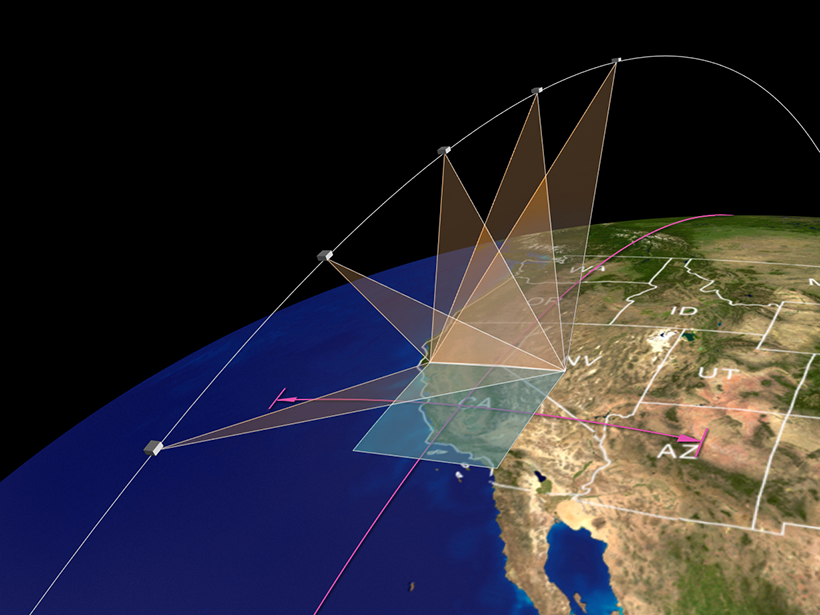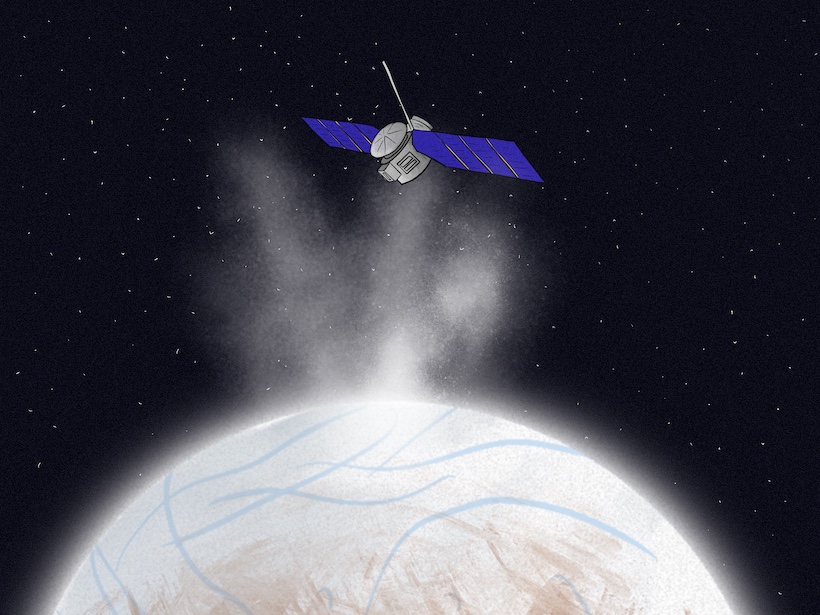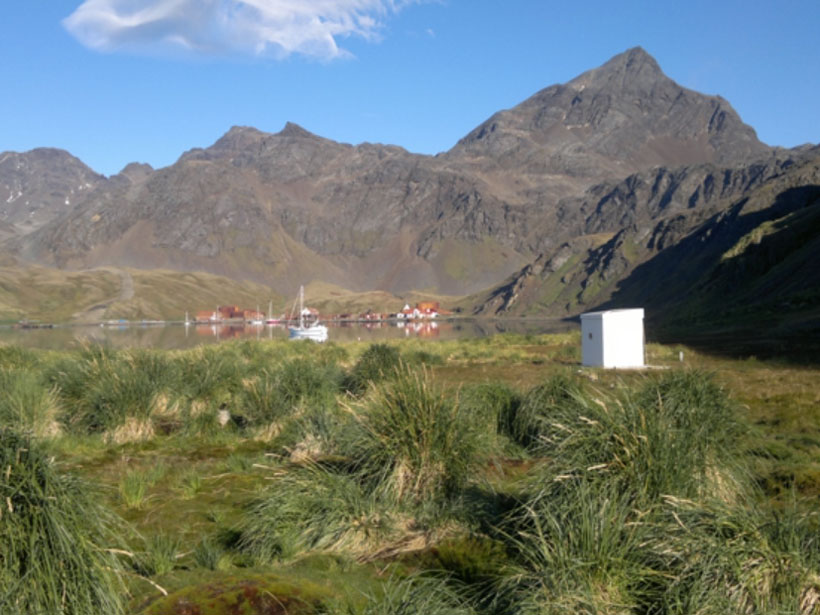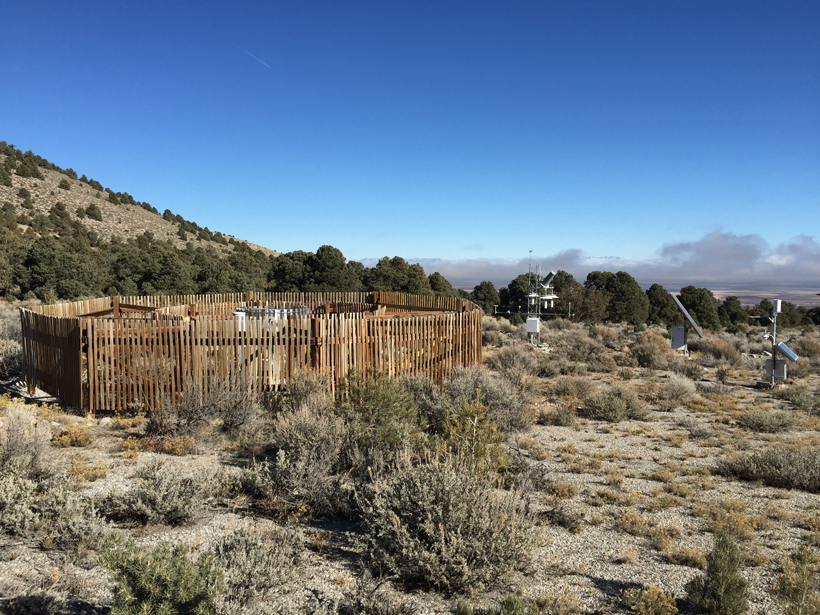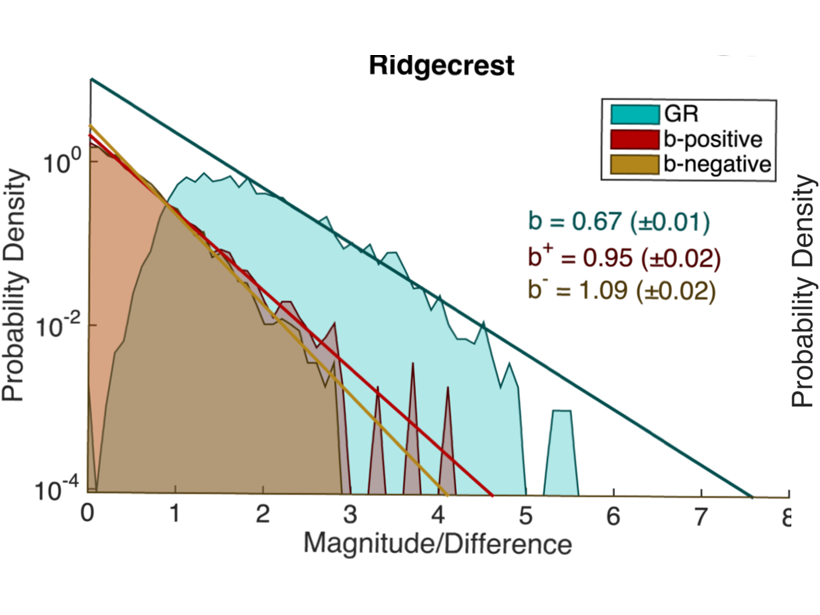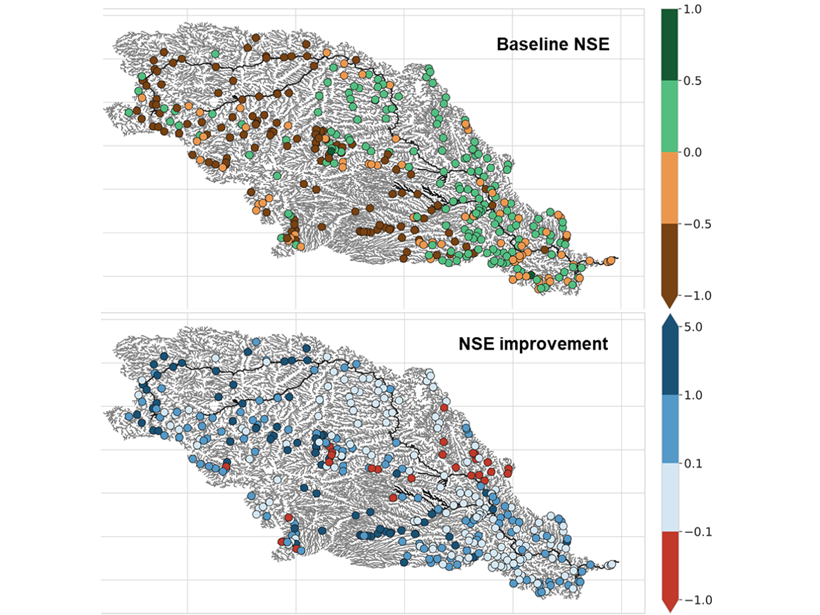NASA scientists will be teaming up with epidemiologists in the agency’s first health-focused mission. With satellite data, they’ll find out how air pollution affects health in cities around the world.
cool tools
Esta búsqueda por vida alienígena comienza con la destrucción de bacterias en la Tierra
Algún día, un catálogo de fragmentos moleculares podría ayudar a científicos a identificar vida extraterrestre en las lunas heladas de nuestro sistema solar.
Soil Chips Help Scientists Spy on Fungal Navigation
Soil chips provide a micrometer-resolution window into life underfoot, shedding light on how fungi behave when navigating soil’s mazes.
Modernizing a Global Magnetic Partnership
For 30 years, INTERMAGNET, a worldwide network of ground-based observatories, has aided advances in navigation, precision drilling for oil and gas, and mitigating space weather impact on technology.
A Global Monitoring System Could Change the Future of Climatology
Researchers hope that a network of highly consistent climate-observing sites will resolve long-standing issues with climatological data.
Flying Saucers Could One Day Probe the Mesosphere
Researchers have created thin, levitating disks that could be used to study the mesosphere, a layer of Earth’s atmosphere that’s difficult to reach with conventional flyers.
A New Robust Estimator of Earthquake Magnitude Distribution
The b-value, which describes the fraction of large versus small earthquakes, is less sensitive to transient changes in detection threshold and may improve the detection of precursory changes.
Seven Ways PIs Can Counteract Systemic Bias Right Now
Principal investigators are the monarchs of their science kingdoms. Here are seven things they can do for the betterment of the realm—ehrm, lab group.
Superlasers Shed Light on Super-Earth Mantles
By compressing iron oxide to pressures expected inside a large and rocky exoplanet, scientists discovered that such mantles could layer, mix, and flow in ways very different from those inside our planet.
Gauging Ungauged River Basins with Smart Remote Sensing
A clever combination of hydrologic modelling and discharge estimates from the Landsat satellite provides good discharge estimates throughout the Missouri river basin.

